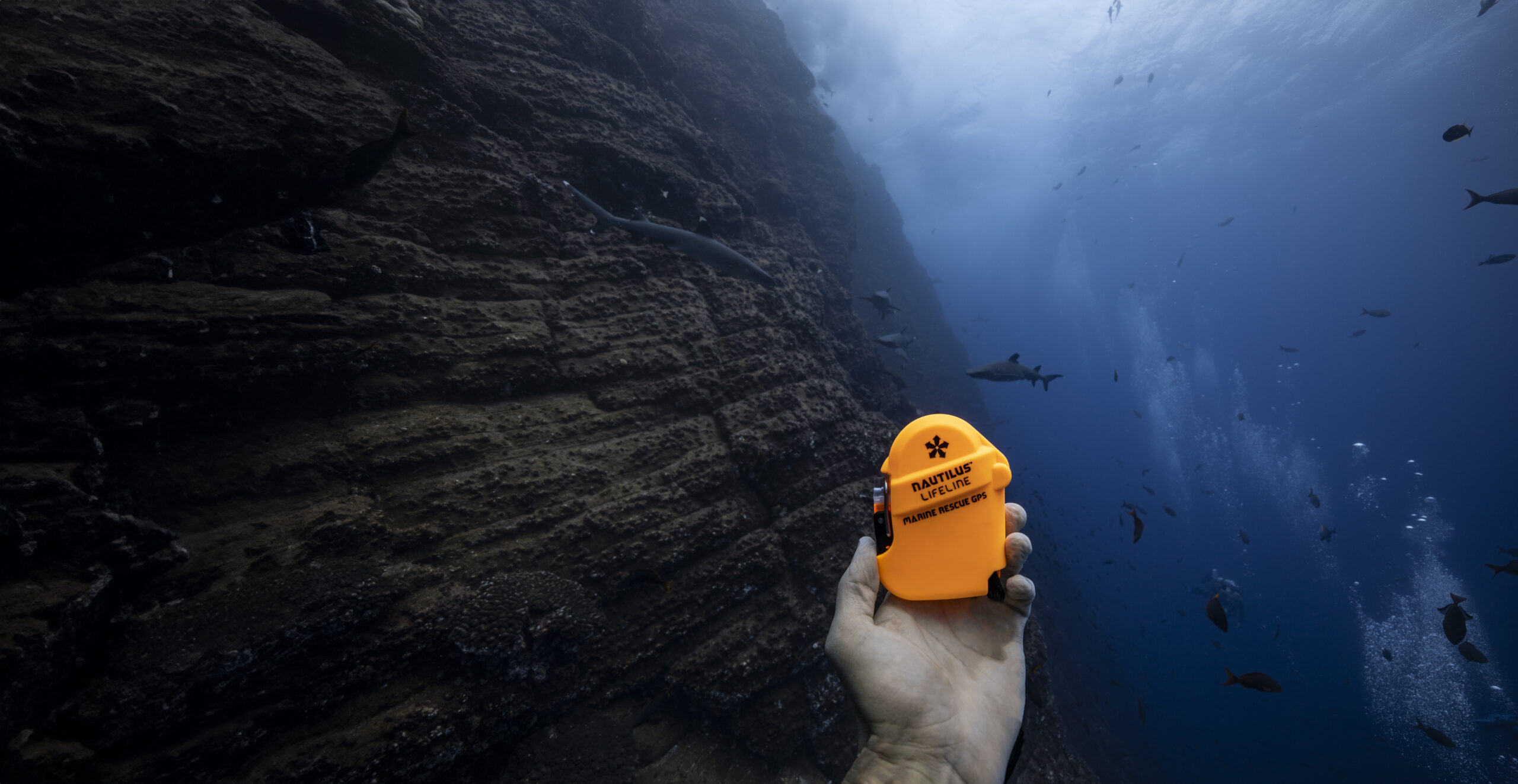TT_Vert
Contributor
- Messages
- 461
- Reaction score
- 57
The more I think about this the more I feel this isn't going to be very useful. It's 1W and uses VHF which is line of site. In perfect conditions they say rescue range is 34 miles. I have to assume this is a radius and means 17 miles each direction in perfect conditions which you will likely never see when it's needed. With that said, with 1'+ waves I feel you've diminished range significantly. I feel range is could be reduces to less than 1nm unless I am able to get ABOVE the waves (Not likely). I would love to hear your stories of using these successfully to get rescued and at what distance do you think the rescue craft was?
Opinions and also success story's to make me feel better please
BTW, I carry a ResQlink and my wife carries the nautilus.
Dave
Opinions and also success story's to make me feel better please
BTW, I carry a ResQlink and my wife carries the nautilus.
Dave




